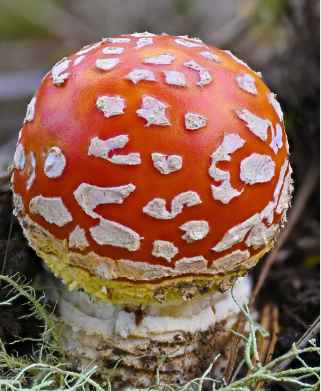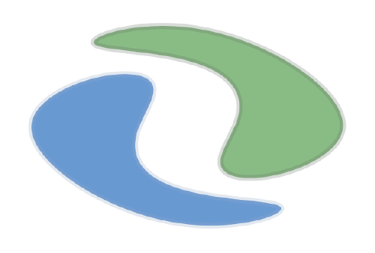Amanita muscaria Var flavivolvata


Image by Alan Rockerfeller
Amanita muscaria var. flavivolvata is a variety of the well-known Amanita muscaria, commonly referred to as the "Fly Agaric." This variety is recognized for its distinctive yellow to orange-yellow volva (the cup-like structure at the base of the stem) and the yellowish tones on its cap and stem. The Fly Agaric is a visually striking mushroom, and its appearance has contributed to its iconic status in cultural depictions of mushrooms.meaning they don't attach to it. They are crowded and might appear somewhat irregular in length.
Amanita muscaria and its varieties, including Amanita muscaria var. flavivolvata, are considered toxic and psychoactive. They contain a mix of compounds, including muscimol and ibotenic acid, which can induce hallucinogenic effects but can also cause unpleasant and potentially dangerous symptoms such as nausea, vomiting, and neurological effects.
Potential Poisonous Look-Alikes:
Amanita muscaria var. flavivolvata is a variety of Amanita muscaria, and while its coloration may distinguish it from other varieties, it can still be confused with other Amanita species. Some poisonous look-alikes to be aware of include:
Amanita gemmata: This species, commonly known as the "Gemmed Amanita," shares some visual similarities with Amanita muscaria, including a colorful cap and volva. It can be found in similar habitats.
Amanita muscaria var. muscaria: The classic red and white variety of Amanita muscaria can also be present, and confusion between the two varieties might occur.
As with any wild mushrooms, proper identification is essential for safety. Never consume any wild mushrooms without absolute certainty of their identity, and always consult experienced mycologists and reliable resources before handling or consuming any mushrooms.
Description
- Cap: The cap of Amanita muscaria var. flavivolvata is usually bright red to orange-red, and it is covered in white to yellowish warts. The cap's diameter typically ranges from 8 to 20 centimeters (3 to 8 inches). As the mushroom ages, the warts can wear away, giving the cap a more uniform appearance.
- Gills: The gills are white and free from the stem, meaning they don't attach to it. They are crowded and might appear somewhat irregular in length.
- Stem: The stem, also known as the stipe, is typically yellow to orange-yellow. It can be bulbous at the base and tapers upwards. The stem may have remnants of the yellowish volva attached at its base.
- Volva: The volva is the cup-like structure at the base of the stem that encloses the developing mushroom. In Amanita muscaria var. flavivolvata, the volva is yellow to orange-yellow, providing a key distinguishing feature from other varieties of Amanita muscaria.
- Spore Print: The spore print of Amanita muscaria, including its various varieties, is white.





